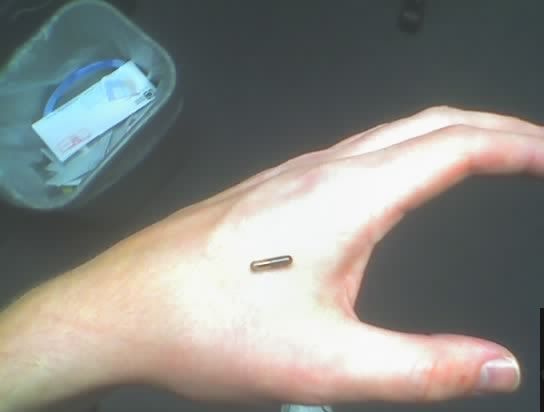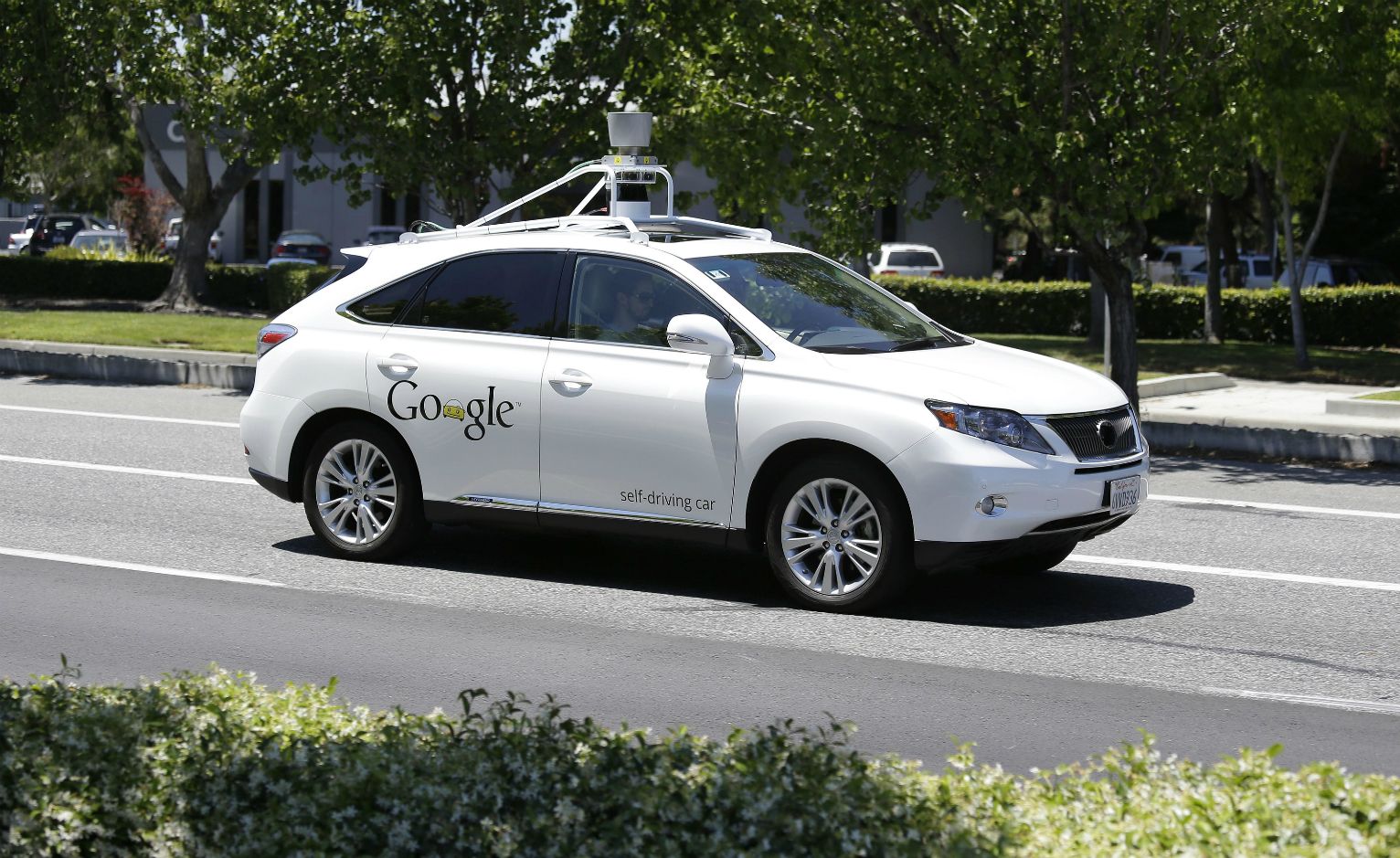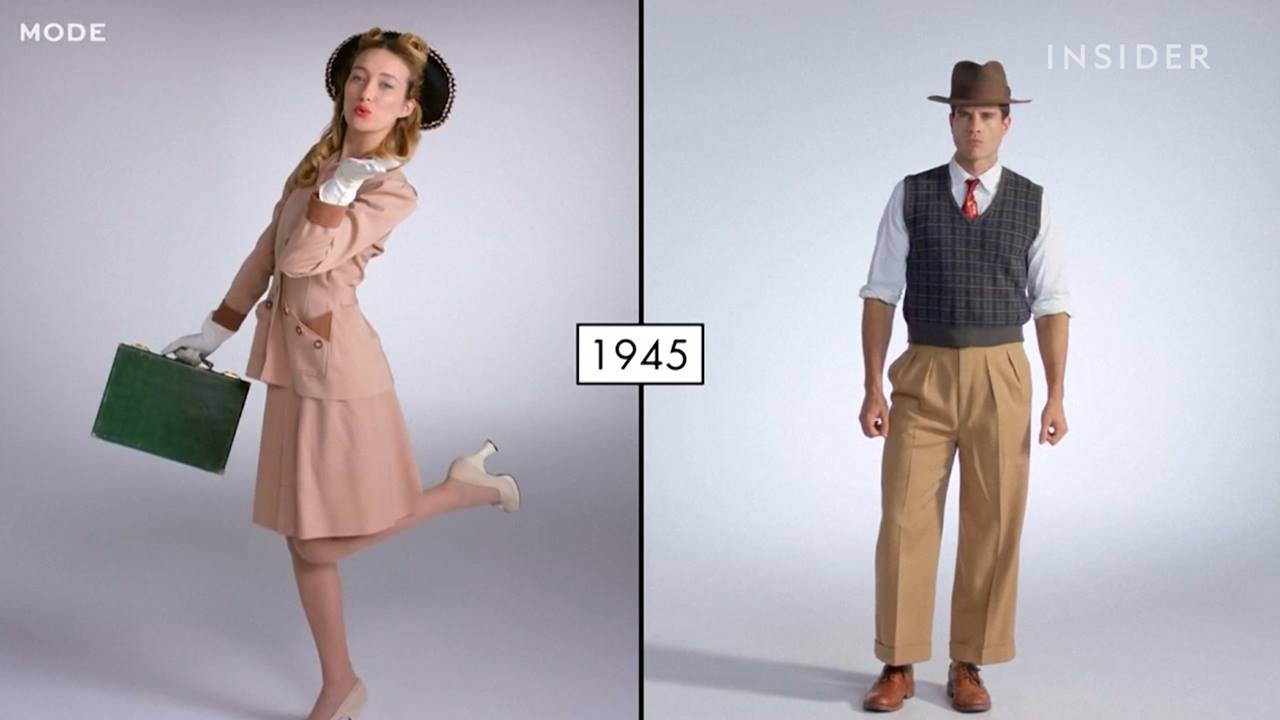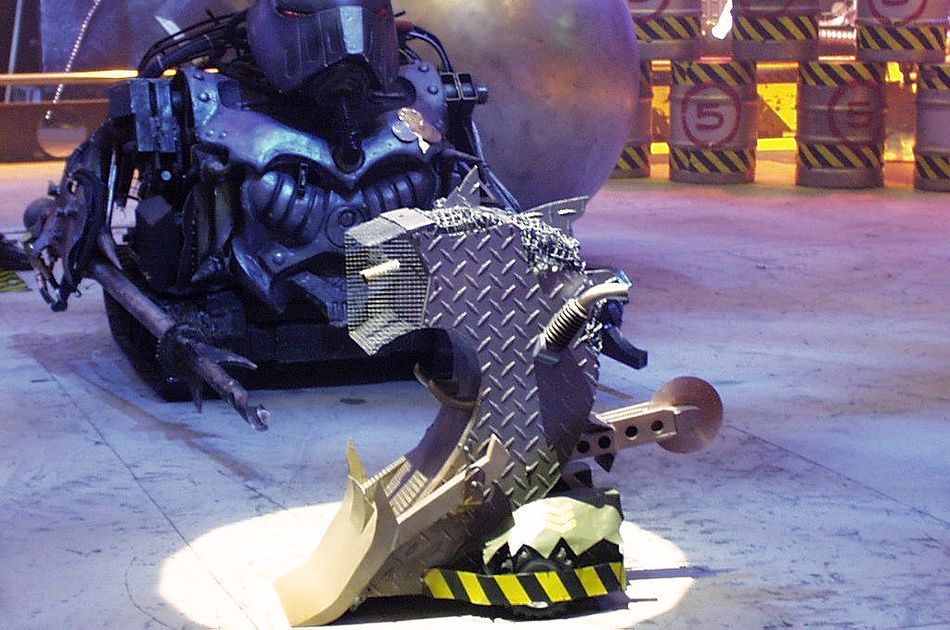Page 10902
Jan 14, 2016
A Mysterious Mammoth Carcass Could Change Human History
Posted by Sean Brazell in category: futurism
The carcass was remarkably well preserved, but something was clearly wrong. A rounded hole through the interior jugal. Deep incisions along the ribs. Dents in the left scapula. A broken mandible.
This 45,000 year-old mammoth’s life ended violently at the hands of hunters. That wouldn’t be surprising—it’s well known that Pleistocene humans were expert mammoth killers—but for the location. It was excavated from a permafrost embankment at Yenisei bay, a remote spot in central Siberia where a massive river empties into the Arctic Ocean.
That makes this brutalized mammoth the oldest evidence for human expansion into the high Arctic by a wide margin. Its discovery, published today in Science, might push back the timeline for when humans entered the northernmost reaches of the world—including the first entries into North America.
Jan 14, 2016
Superluminous Supernova Are a New, Strange Way for Stars to Die
Posted by Sean Brazell in categories: cosmology, physics
An international team of astrophysicists has discovered the brightest supernova yet, briefly blazing fifty times brighter than the entire Milky Way galaxy. It’s a strange new way for stars to die.
As described in a new paper in Science, this spectacularly extravagant stellar explosion— part of a classification known as super luminous supernovae —may give us a peek into the death of stars from near the beginning of the Universe, helping unravel the secrets of early stellar evolution. It’s been named ASAS-SN-15lh.
Humans have been spotting the suddenly-bright pinpricks of stars violently exploding in the night sky for thousands of years, with some records even telling of the rapid appearance and disappearance of stars so bright they can be seen by the naked eye even during in the day. Superluminous supernova kick it up a notch, shining a hundred to a thousand times brighter than a normal nova.
Jan 14, 2016
Bots are buying Adele tickets at Key Arena, and one state senator wants an investigation
Posted by Karen Hurst in category: futurism
Even Adele is not immune from the attack of the “Bots”
Washington state Sen. Marko Liias suspects that ticket bots are creating skyrocketing prices for the July 26 Adele concert at Seattle’s Key Arena — and he is asking the state Attorney General’s Office to investigate the matter.
Jan 14, 2016
Robot Wars returning to the BBC after 12-year absence
Posted by Karen Hurst in categories: entertainment, robotics/AI
Get ready; Robot fans and Geeks around world! Robot Wars is coming back for a new season on the BBC.
Robot Wars, the competitive TV show about battling bots, is returning to UK screens with a new series and new, improved remote-controlled metallic monsters of mayhem.
The BBC has confirmed that it has commissioned one of the original production companies to resurrect the show in the form of six 60 minute episodes, with a new structure in place and more science facts and behind-the-scenes footage than before.
Continue reading “Robot Wars returning to the BBC after 12-year absence” »
Jan 14, 2016
How Will Artificial Intelligence Change War?
Posted by Karen Hurst in categories: drones, economics, military, robotics/AI
Davos, US military branches, Time Magazine, etc. are all talking about the Robotic Battlefield.
Automated systems have already reshaped modern warfare, most notably with the widespread use of drones in conflict. Now, experts predict that advances in artificial intelligence could further change how we fight battles.
The new frontiers of warfare are not without ethical questions. Many have already challenged whether the United States should use unmanned drones to kill terrorists.
Continue reading “How Will Artificial Intelligence Change War?” »
Jan 14, 2016
‘Spermbots’ to aid fertility treatments
Posted by Karen Hurst in category: biotech/medical
Scientists have developed motorised ‘spermbots’ by attaching tiny metal helices to sperm cells that can aid poor swimmers to reach an egg, an advance that could improve fertility treatments.
Jan 14, 2016
RFID Tagging Chip is Here for the Human
Posted by Bryan Gatton in categories: business, computing, mobile phones

It’s about 12 millimeters in size, and embedded under your skin, most likely in the hand. The RFID chip is here. Swiping cards when we make purchase transactions will be a thing of the past. A ride on public transport, simple tasks such as accessing the photocopier at work or sending a business card to a client’s phone at a literal tap of the finger.
The RFID chip stands for Radio Frequency Identification, and a company in Sweden, Epicenter, is embracing the new technology for their employees. Co-Founder and CEO of the company Patrick Mesterton says their employees have a personal choice to be chipped or not, it’s a voluntary decision.
Continue reading “RFID Tagging Chip is Here for the Human” »
Jan 14, 2016
Scientists use polymer nano-shell treatment to order bones to repair themselves
Posted by Genevieve Klien in categories: biotech/medical, life extension, nanotechnology, transportation
Was hit by a car when I was younger and broke my leg. This would have been better then a metal rod. Fascinating.
A team of researchers from the University of Michigan has developed a new technique to aid bone repair, using polymer nano-shells to deliver microRNA molecules. The method could one day have a big impact on regenerative medicine, directing cells already present at injury sites to aid healing.
The new study builds on previous research conducted back in 2011, where nanofiber microspheres were used to carry cells to injury sites to help the wounding process. The new work uses the same idea, but rather than transporting foreign cells, focuses on making better use of the cells already at the wound site.
Continue reading “Scientists use polymer nano-shell treatment to order bones to repair themselves” »

















